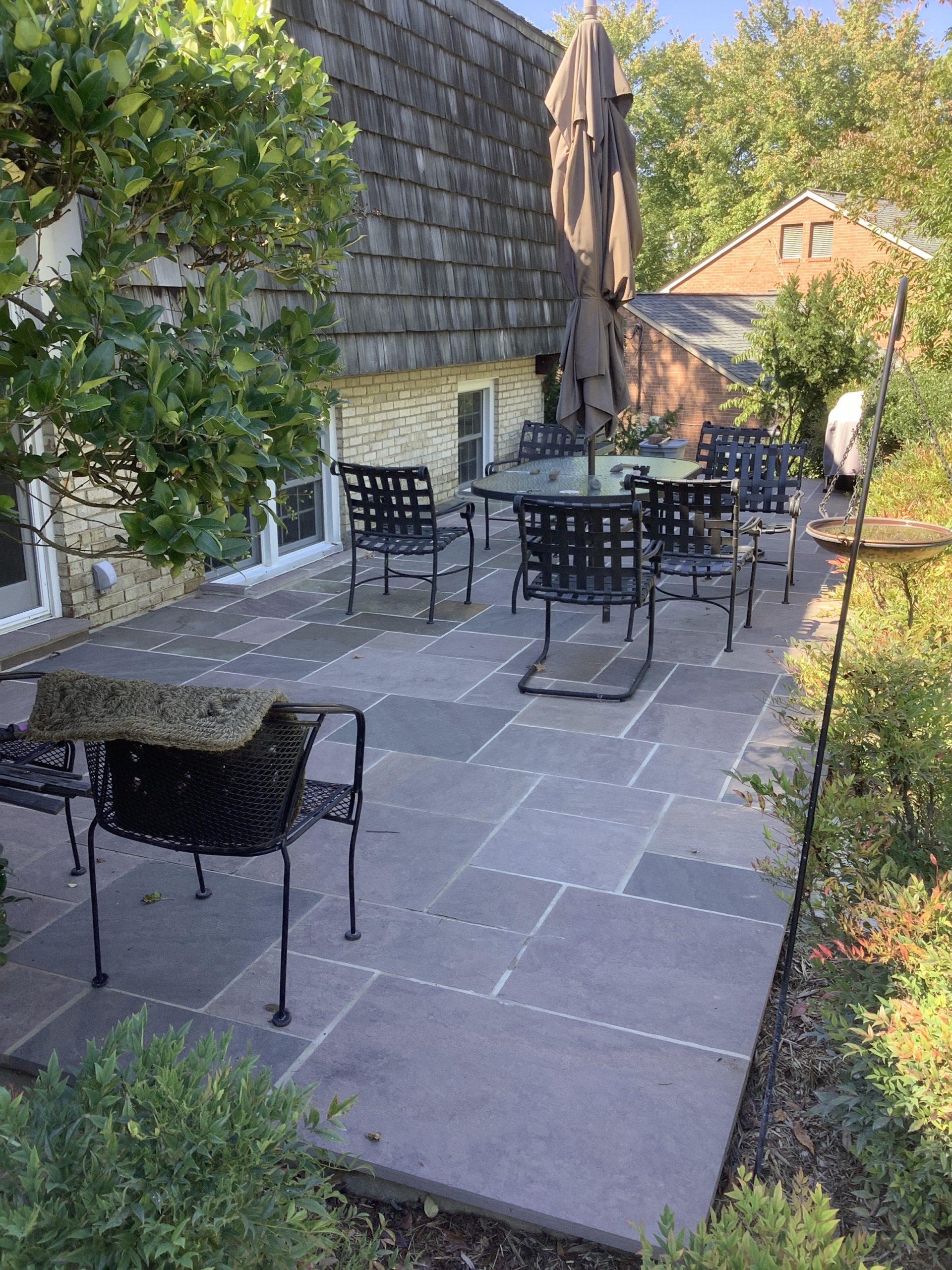Slippery Nature of Wet Slate Surfaces
Slate surfaces, revered for their natural beauty and versatility, can pose a slippery hazard when wet. This intriguing phenomenon can be attributed to various factors, involving both the inherent characteristics of slate and external influences. Understanding the science behind the slipperiness of wet slate is essential for safety, especially when considering its widespread use in construction, including projects managed by companies such as Capital Masonry.
Surface Texture and Porosity: The Culprits
The microscopic structure of slate plays a crucial role in its slipperiness when wet. Unlike rougher surfaces that provide better traction, slate often possesses a smooth and fine-grained texture. This inherent characteristic, coupled with the stone’s natural porosity, creates an environment where water can accumulate on the surface, diminishing friction between the slate and anything that comes into contact with it.
Water Film Formation: A Slippery Consequence
When slate becomes wet, water forms a thin film on the surface due to its hydrophilic nature. This water film acts as a lubricant, reducing the friction between objects and the slate. This slippery layer can be particularly treacherous, leading to accidents and falls if precautions are not taken.
External Factors: Environmental Influence
While the intrinsic properties of slate contribute significantly to its slipperiness when wet, external factors also come into play. Environmental conditions, such as rain or high humidity, can intensify the slipperiness of slate surfaces. Additionally, the accumulation of moss or algae on slate can exacerbate the problem, as these organisms thrive in damp environments, creating a slippery biofilm.
Capital Masonry’s Role: Expertise in Safe Installation
Capital Masonry, a company specializing in masonry projects, plays a crucial role in ensuring the safe use of slate in construction. Their expertise lies in understanding the properties of materials like slate and employing proper installation techniques to mitigate potential hazards. Through strategic design and meticulous craftsmanship, Capital Masonry aims to create functional and aesthetically pleasing structures while prioritizing safety.
Preventative Measures: Minimizing Slip Risks on Slate Surfaces
To minimize the risk of slips on wet slate surfaces, various preventative measures can be implemented. Capital Masonry, for instance, may recommend the application of non-slip coatings or sealants to enhance traction. Additionally, regular maintenance practices, such as cleaning to remove moss or algae, can help maintain the integrity of slate surfaces and reduce slipperiness.
Balancing Beauty and Safety
The slipperiness of wet slate surfaces is a multifaceted issue stemming from both intrinsic properties and external factors. As exemplified by Capital Masonry’s expertise, a balance must be struck between the aesthetic appeal of slate and the implementation of safety measures. Understanding the science behind the slipperiness of wet slate allows for informed decision-making in construction projects, ensuring that functionality and safety coexist seamlessly.

